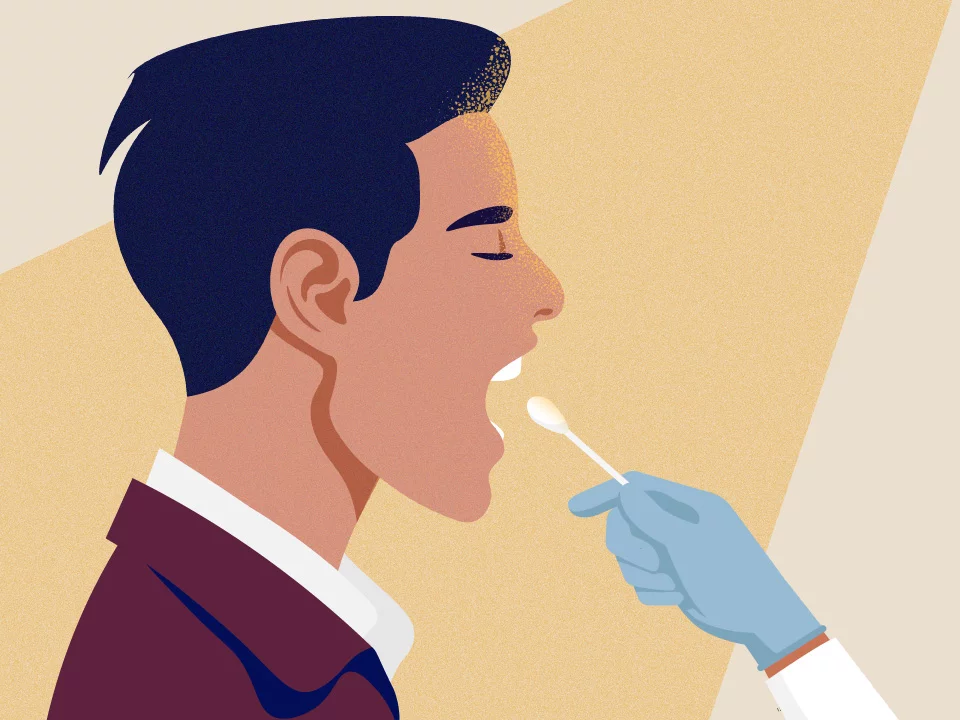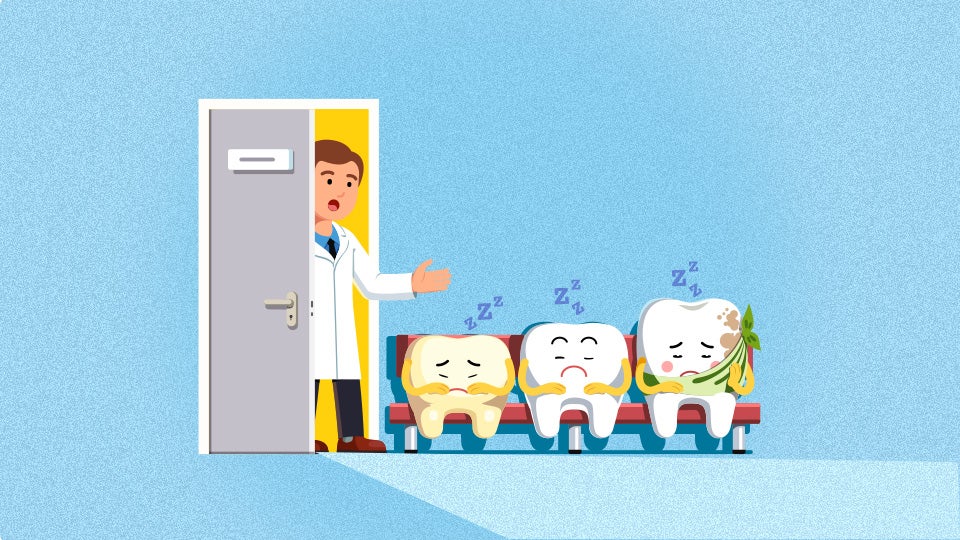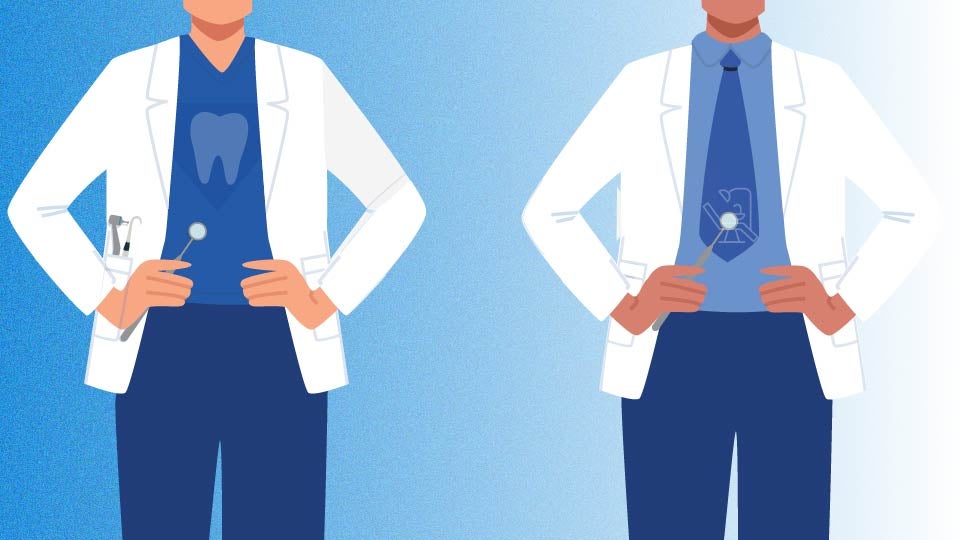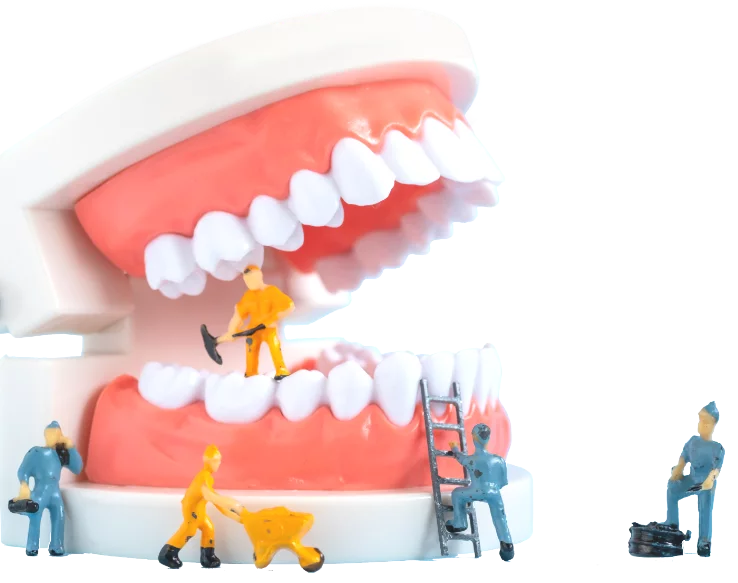If your mouth were a movie, teeth and gums are the lead actors – the stars who get all the attention. Saliva, the fluid that keeps the mouth lubricated, is the film crew that plays a vital role in the background.
What scientists have found is that saliva acts like a repository of valuable information about the health of your gums and certain aspects of your overall health. At dental offices, chairside, state-of-the-art saliva screenings are similar to blood tests – they yield important data that can be used to help find signs of specific conditions and improve your oral health. Unlike blood tests sent to a lab for analysis, however, chairside saliva screenings reveal results in several minutes.
Those results may show early signs of gum disease before it’s visible, or of high glucose levels – an indicator of diabetes – before symptoms manifest themselves. The rationale for these screenings is simple: early intervention. Armed with information, your dentist or doctor can treat periodontitis or diabetes before either one progresses.
Detection Through Salivary Screenings
OralFitnessCheck is a chairside salivary screening for periodontal disease now available in dental offices. You swish and gargle a solution, spit it into a cup, and the dental team analyzes the sample. The screening measures aMMP-8 - activated matrix metalloproteinase 8 – which are enzymes that damage and obliterate collagen, a protein present in the mouth. After several minutes, OralFitnessCheck provides a numerical readout based on the amount of aMMP-8 present. The more aMMP-8 found, the more likely the presence of periodontal disease in the mouth. Your dentist will discuss what the findings mean and steps to stop periodontal disease in its tracks.(1)
For patients with dental implants, the results can be especially useful in discovering if they may have peri-implantitis – when the tissues surrounding the implant are inflamed. Detecting peri-implantitis early when there are no symptoms yet can help patients prevent tooth bone loss.(2)
There have been promising studies on chairside tests that measure the amount of glucose in the saliva. Studies have shown that high levels of glucose in saliva are correlated with diabetes.(3) The test can help dentists identify patients who may be at risk for diabetes and refer them to a physician for further evaluation. Researchers have suggested that some groups of patients with diabetes, such as children, elderly, debilitated or critically ill patients, might find it easier to monitor their glucose levels using a saliva test.(4)
While more studies are being done on chairside saliva screening for diabetes, scientists continue to explore the use of saliva tests for other conditions and diseases such as oral cancer and Crohn’s disease.(5) The possibilities for more early intervention await.
Find your trusted, local dentist today!
Sources
- National Institute of Mental Health. (n.d.). Statistics on anxiety disorder. https://www.nimh.nih.gov
- Kisely, S., Sawyer, E., Siskind, D., & Lalloo, R. (2016). The oral health of people with anxiety and depressive disorders – A systematic review and meta-analysis. Journal of Affective Disorders, 200, 119–132. https://www.sciencedirect.com/science/article/abs/pii/S0165032716302555
- Mayo Clinic. (n.d.). Teeth grinding (bruxism). https://www.mayoclinic.org
- Cleveland Clinic. (n.d.). Canker sores. https://my.clevelandclinic.org
- Saleh, M. H., Alshammari, F. A., & Alqarni, M. A. (2022). A case series of psychological stress evaluation as a risk factor for oral lichen planus. Case Reports in Dentistry, 2022, Article 2345678.
- Mayo Clinic. (n.d.). Burning mouth syndrome. https://www.mayoclinic.org
- Zhang, Y., Liu, X., Wang, J., & Chen, L. (2025). Analysis of pain prognosis, medication efficacy, treatment willingness and influencing factors in patients with burning mouth syndrome: A cross-sectional survey. BMC Oral Health, 25(1), Article 45.
Smile Generation blog articles are reviewed by a licensed dental professional before publishing. However, we present this information for educational purposes only with the intent to promote readers’ understanding of oral health and oral healthcare treatment options and technology. We do not intend for our blog content to substitute for professional dental care and clinical advice, diagnosis, or treatment planning provided by a licensed dental professional. Smile Generation always recommends seeking the advice of a dentist, physician, or other licensed healthcare professional for a dental or medical condition or treatment.







